#JeepCherokee
Fiat Chrysler Announces 3,200 Extended Vacations in Toledo
To get its Toledo Assembly Complex ready for the all-new 2018 Jeep Wrangler, Fiat Chrysler Automobiles needs to go dark for a little while, meaning extended vacays for thousands of employees.
The proper term would be “temporary layoff,” but in an autoworker’s life, a job you know you can go back to makes these hassles forgivable. In this case, Toledo needs six months to retool.
FCA Needs To Find The Hill Descent Control Button: Jeep Sales Slid Downhill Again In October
After ending a 35-month streak of improved U.S. sales with a 3-percent year-over-year decline in September, Jeep volume slid 7 percent in October 2016, the second consecutive month of decline for the previously white-hot SUV brand.
Jeep’s best-selling Cherokee recorded the most significant plunge in October 2016, falling 23 percent from year-ago levels to rank third in Jeep sales. Only the Grand Cherokee, quickly becoming Jeep’s top seller, and the departing Patriot posted October improvements.
Jeep, so often the engine behind FCA’s growth when Chrysler, Dodge, and Fiat have struggled, was instead partly to blame for FCA’s 10-percent October decline.
Fiat Chrysler Makes Billion-Dollar Jeep Investment; Dodge Dart is Gone in September
Fiat Chrysler Automobiles is flinging cash at its Midwestern assembly plants as part of its world-conquering plan to boost Jeep production.
Yesterday, the automaker announced $1.05 billion in funding to retool its Belvidere, Illinois and Toledo, Ohio production facilities, and issued a kill date for one of its least popular products.
Automotive Jobs Return to a Historic Ohio Site; Thank Jeep for It
More than 300 jobs are coming to a historic Toledo manufacturing site, and you can thank the car-buying public’s thirst for Jeeps for it.
Dana Holding Corp. is spending $70 million to build a 300,000 square foot axle plant at the former Willys-Overland site, with Jeep being its only named customer, Automotive News reports.
Marchionne Straddles the World, Shouting 'Jeeps for Everyone!'
The Jeep brand is Fiat-Chrysler’s biggest money maker, so it’s no wonder that CEO Sergio Marchionne is scattering factories around the world like a sailor’s offspring.
The company’s head honcho outlined his business plan for the brand in an interview published by Automotive News, and it involves no longer having to make a “Sophie’s Choice” decision with Jeep output.
Junkyard Find: 1993 Jeep Cherokee, Pink Camouflage Edition
Examples of the XJ Jeep Cherokee are everywhere in Denver junkyards (nearly as numerous as late-1990s Subaru Outbacks, these days), and it takes a special one to make me deploy my camera. I thought the factory-installed orange tape stripes on this ’91 Cherokee Sport were interesting, and now today’s ’93 with innovative tree-branches-and-rattlecans camo job has made the cut.
Junkyard Find: 1983 Jeep Cherokee
Junkyard Find: 1991 Jeep Cherokee Sport
The XJ Jeep Cherokee was made for approximately a thousand years (OK, 32 years, counting the still-in-production BAW Knight S12), and these trucks are still extremely easy to find here in Colorado. Nice XJs still command good prices here, but used-up ones fill the local wrecking yards. Since I shared a junked Grand Cherokee last week, it’s only fair that we should admire a discarded Colorado Cherokee Sport.
Hammer Time: How Old is Too Old?
She seduced my soul.
She is a a 1989 Jeep Wagoneer with just over 200,000 miles and a fantastic maintenance history. With beautiful, thick leather seats and a working A/C system which is a huge deal here in Georgia, the old woody Jeep could only have been better if it had a stick and a four-wheel drive system mated to its iron-block 4.0-liter inline-six.
I started the bid at $700, a dealer who specializes in the Latino clientele bid it at $800, and then another fellow jumped in at $900. By the time bidding was at $1100, I waited a few seconds, and did a slicing motion with my hand which knocked it up to $1150.
Would I get it?
Cherokee Is Jeep's Best Seller Three Months Running
In each of the last three months, the Cherokee has been the best-selling model at America’s fastest-growing volume brand. Jeep sales are up 44% in the United States through the first eleven months of 2014, an improvement of 191,895 units.
Excluding the Cherokee, which wasn’t on sale until the fourth-quarter of 2013, Jeep sales are still up 10% in 2014 and 15% in November. Those Cherokee-less increases still far outpace the auto industry as a whole, which is up a little more than 5% this year; a little less than 5% in November.
Yet even before Jeep once again broadens its lineup with the subcompact Renegade, the Cherokee helped power the brand to new heights. The Jeep brand last topped the 500,000 mark in calendar year 1999. Jeep sold 629,074 utility vehicles during the first eleven months of 2014.
Cherokee Isn't Slowing Down Other Jeeps
On a percentage scale, through the first seven months of 2014, the only auto brand improving its year-over-year U.S. sales tally more proficiently than Jeep is Maserati. In other words, Jeep is the fastest-growing volume auto brand in America in 2014.
Based on pure volume gains, no auto brand, certainly not Maserati, has improved on its seven-month 2013 sales total as successfully as Jeep has, with 120,708 extra sales over the last seven months.
Don't Hold Your Breath For A Diesel Jeep Cherokee
The Jeep Grand Cherokee received a diesel option earlier this year, but don’t look for the Cherokee to get one any time soon – at least not in North America.
Jeep Re-Builds UK Dealer Network In Advance Of Cherokee Launch
For a brief stretch of time, Jeep did business in the UK as a purveyor of authentic American SUVs. The Cherokee, Wrangler and Grand Cherokee had a respected niche, even if they didn’t sell in particularly large numbers. And then it all went down the tubes.
Car Guys & Gals You Should Know About – Roy Lunn's Resume: Ford GT40, Boss 429 Mustang, Jeep XJ Cherokee, AMC Eagle 4X4 and More!
Roy Lunn (on right) receiving an award from the Society of Automotive Engineers for the Eagle 4X4
You may not have heard the name Roy Lunn, but undoubtedly you’ve heard about the cars that he guided into being. You think that’s an exaggeration? Well, you’ve heard about the Ford GT40 haven’t you? How about the original XJ Jeep Cherokee? Lunn headed the team at Ford that developed the LeMans winning GT40. Later as head of engineering for Jeep (and ultimately VP of engineering for AMC) he was responsible for the almost unkillable Cherokee, Jeep’s first unibody vehicle, a car that remained in production for over two decades with few structural changes and could be said to be the first modern SUV. In addition to those two landmark vehicles, Lunn also was in charge of the engineering for two other influential cars, the original two-seat midengine Mustang I concept and the 4X4 AMC Eagle. If that’s not an impressive enough CV for a car guy, before Ford, he designed the Aston Martin DB2 and won an international rally. After he retired from AMC, he went to work for its subsidiary, AM General, putting the original military Humvee into production. Oh, he also had an important role in creating one of the most legendary muscle cars ever, the Boss 429 Mustang. So, yeah, you should know about Roy C. Lunn.
Capsule Review: Jeep Cherokee Take Two
The problem with a “take-no-prisoners” approach to evaluating new cars is that when you’re the only one adopting a particular stance, it can get pretty lonely – even your own readers begin to doubt you. My initial review of the Jeep Cherokee was a great example of this. Most reports are fairly positive – and indeed, there was plenty to like about the car, as my own review mentioned – but many of the car’s flaws were glossed over or simply not mentioned. On the other hand, we at TTAC gave you the unvarnished truth about the Cherokee – and Chrysler was gracious enough to let us review the Cherokee again.



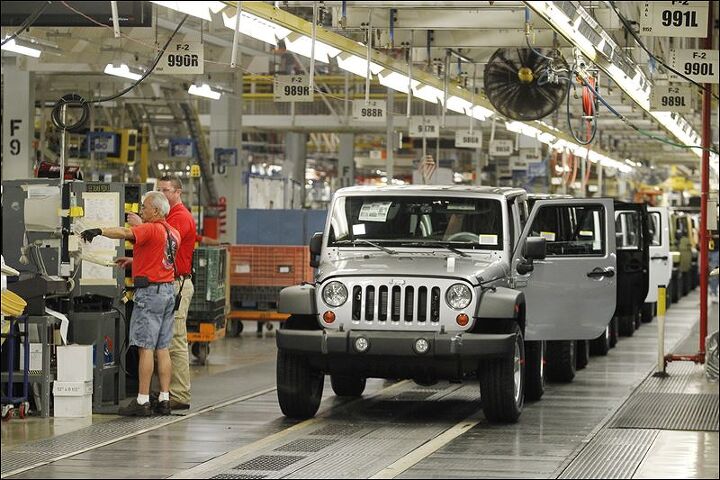
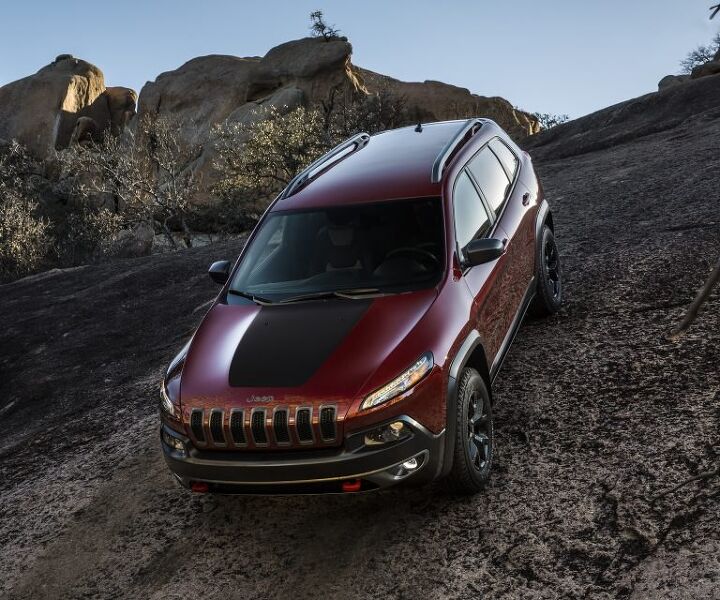


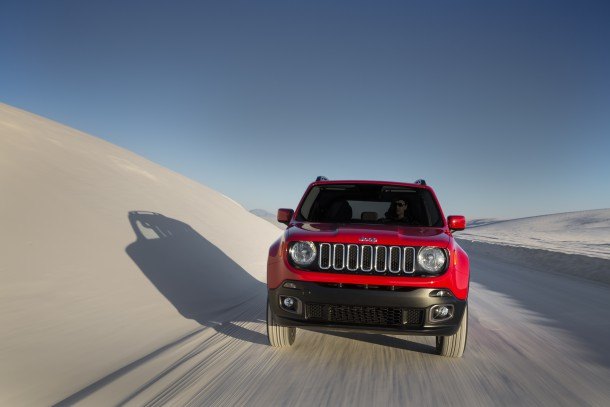

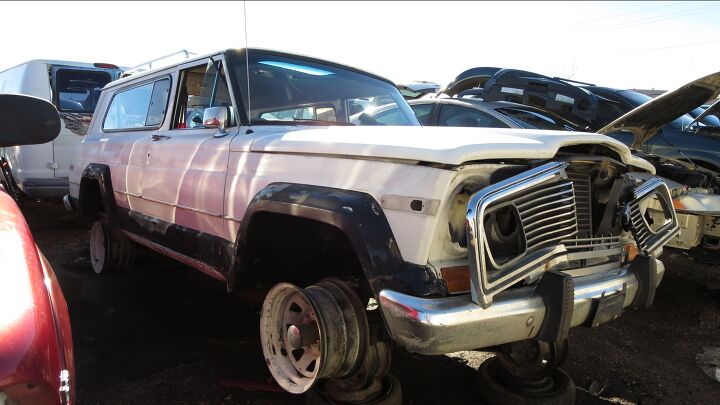
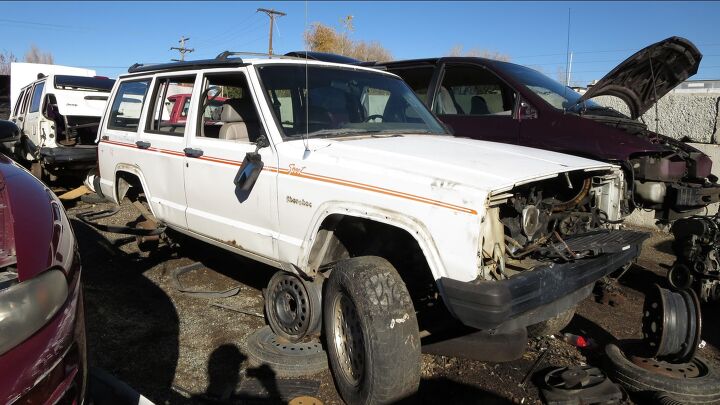

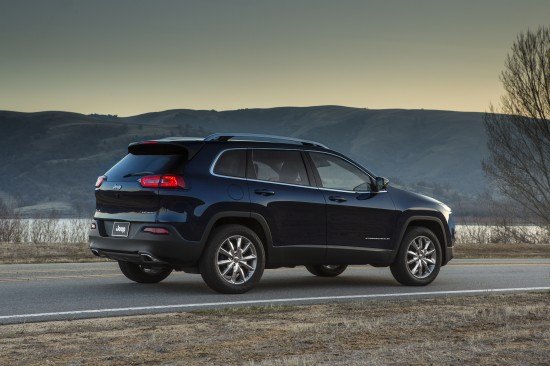
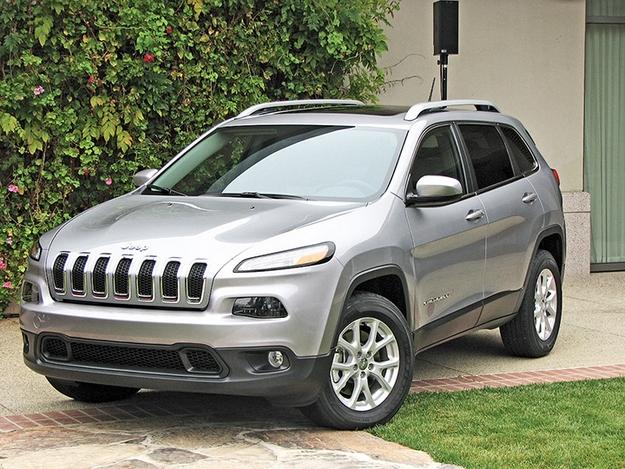
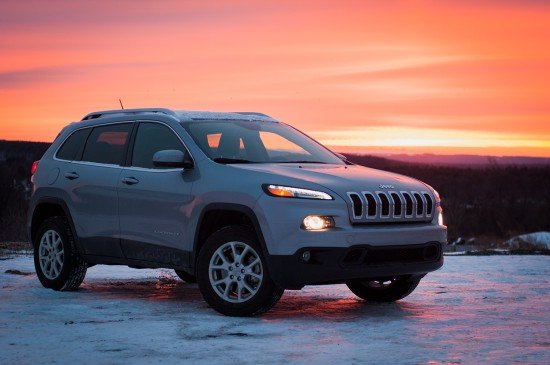

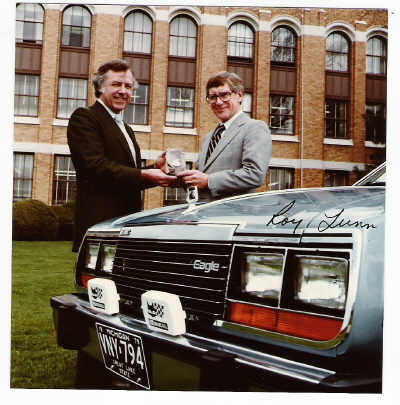













Recent Comments